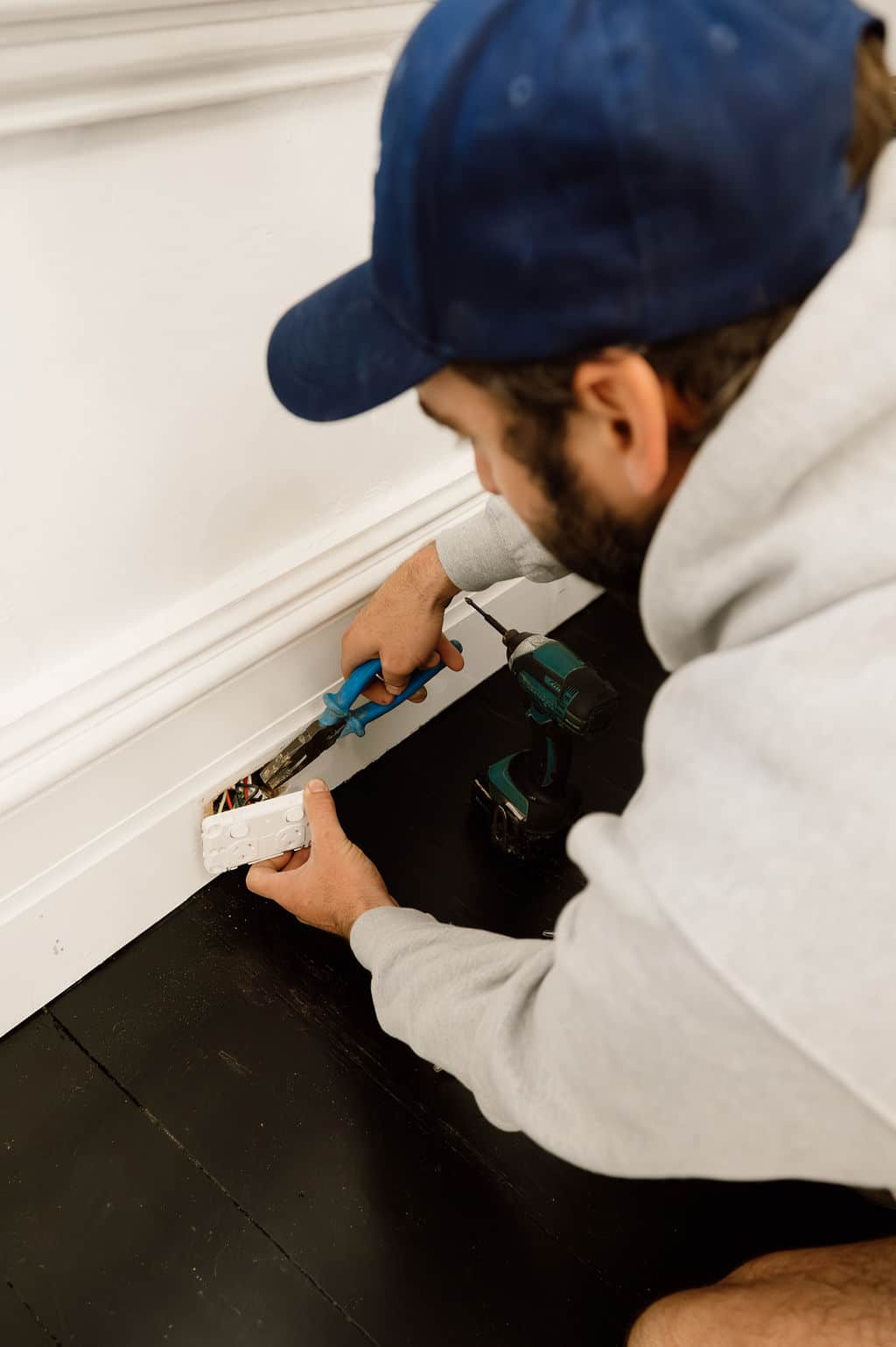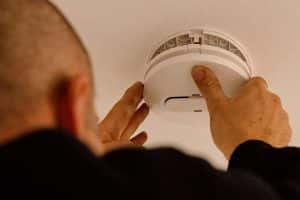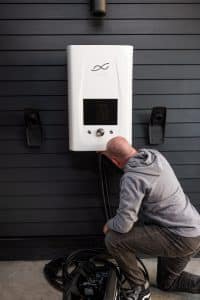Some electrical problems can arise suddenly; others show warning signs before becoming more serious. In either case, there are a few simple electrical fault finding steps you can take to track down the problem before you call an electrician. These don’t require any DIY knowledge, as you’ll discover in this guide.
Signs You Need Electrical Fault Finding
There are some very common electrical problems you could encounter in your home, especially if it’s quite an old one. They are especially prone to issues due to outdated wiring. Look out for these signs:
-
Flickering lights
This might be an isolated issue with one of your light fixtures, or it could indicated a deeper problem in your electrical circuit.
-
Breaker switches tripping
If your switch keeps tripping, this is almost always an indication that you’re overloading your circuitry. An electrician can diagnose other things that could be causing a short circuit.
-
Power cuts in specific rooms
A blown fuse could be the cause of this, or it could be due to a breaker switch trip on that part of the circuit. Faulty power outlets can also cause these kinds of outages.
-
Mild electrical shocks
If you get a mild shock when you plug in an appliance or from a socket switch, this could be due to faulty wiring.
-
Discoloured plug sockets
If you see light brown marks around plug sockets, it indicates that it’s overloaded. If might be a circuit problem, or you may simply be plugging too many appliances into a power board.
-
Burning smells
the smell of burning, especially if it has a chemical odour, is a sure sign that you have an immediate emergency on your hands. Don’t try to diagnose anything – call an emergency electrician immediately.
Pre-inspection safety precautions
Never underestimate the potential danger of electricity. Your mains circuit carries enough power to be life-threatening. Make sure to follow these safety precautions before trying to find electrical faults.
Before anything else, turn of the power completely at the switchboard. Don’t ever try any electrical work while your household circuit is live. As a further precaution against being electrocuted, wear shoes with rubber soles. This will help to earth you. Use tools with rubber-insulated handles, for the same reason.
Finally, remember that water and live electricity make a devastating combination. Don’t go anywhere near electrical components that are wet, and don’t stand on a wet floor while handling them.
Safety Precautions Before Inspecting Electrical Faults
For each of the potential electrical faults you may be experiencing, there’s a safe and easy way to identify the problem before you get in an electrician. Of course, you don’t have to do this all by yourself – you can call STL Electrical 24 hours a day. If it’s something minor, we’ll walk you through how to diagnose and solve electrical problems by phone.
Types of Electrical Faults and How to Identify Them
Lighting issues
If your lights are flickering or dimming erratically, it could be the bulb, the lighting fixture, or a wiring defect. The first step of electrical fault finding in this case is to replace the bulb. If the problem goes away, it’s a nice simple fix. If not, turn off your mains power and check for any loose connections in the fitting itself. Also look for disconnected wires. If that’s the case, don’t attempt to fix it yourself – call in a professional electrician.
Plug socket overload
When you notice discoloured areas around a plug point and you’ve been using a power board to run multiple appliances and devices off a single socket, you’re probably overloading the power point. The discolouration is caused by the resulting prolonged, mild overheating. Spreading your devices across more socket will usually solve the problem. However, keep checking if your plugs are getting warm. If they are, the power point could be faulty, and may have to be replaced.
Faulty power sockets
If the problem is the actual power point, you’ll notice other issues with it, like reduced output or a complete lack of power. If you only use it for a particular appliance, like your fridge, unplug it and plug in a different, to make sure the problem is indeed at the socket. If this doesn’t work, check for superficial signs of damage, like a loose-fitting plug point or buzzing sounds. Whether or not these are present, you’ll need an electrician to repair or replace the plug point. Don’t use again it until it’s been fixed.
Circuit breakers tripping
Your circuit breakers tripping could be a sign of various types of electrical faults. The most common cause is circuit overload. This could be due to a specific plug point that’s damaged or overloaded. You’ll easily notice if one specific switch trips whenever you use it. In that case, having the power point replaced should solve the problem. Stop using it immediately and this should prevent any more trips in the meantime.
If it’s a broader problem with your electrical circuit, then your main circuit breaker switch will likely flip off again as soon as you switch it back on after it’s tripped. This means that there’s a more extensive defect, something that requires an electrician.
Preventive Maintenance Tips to Avoid Electrical Faults
Many of the faults you’re likely to experience can be prevented if you stick to a simple electrical maintenance schedule
- Test your safety switches regularly by pressing the “test” button. It it’s working properly it will cause a trip.
- Don’t plug too many appliances into a single power point or power board.
- Check that your appliance cords are in good condition, and look out for any exposed wiring anywhere in our home.
- Keep your switchboard in good condition by removing dust and any other dirt.
Professional Electrical Fault Finding Services in Melbourne
If you’ve followed all the prescribed steps and they haven’t solved the problem, or if it indicates that it’s something you can’t fix yourself, you’ll need to call an electrician STL Electrical provides a 24/7 emergency electrical services in Melbourne, including electrical fault finding, repairing and replacing.
Make a note of our number so you can call us whenever you need to.




